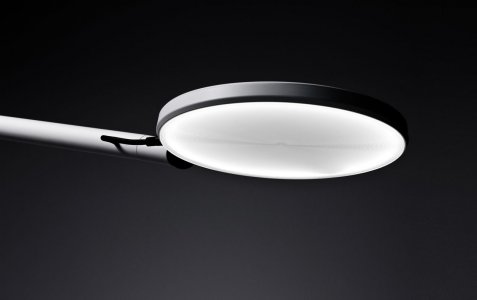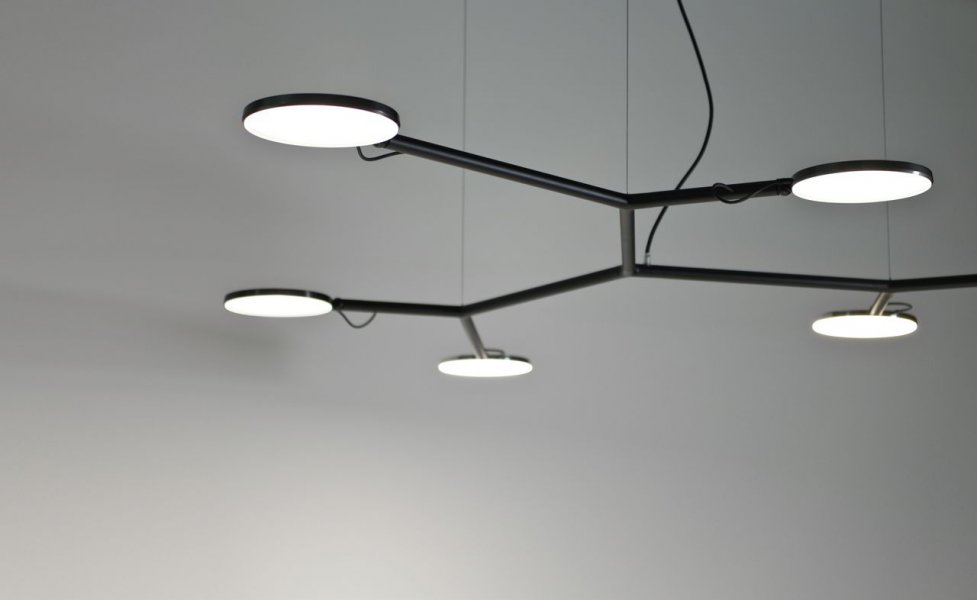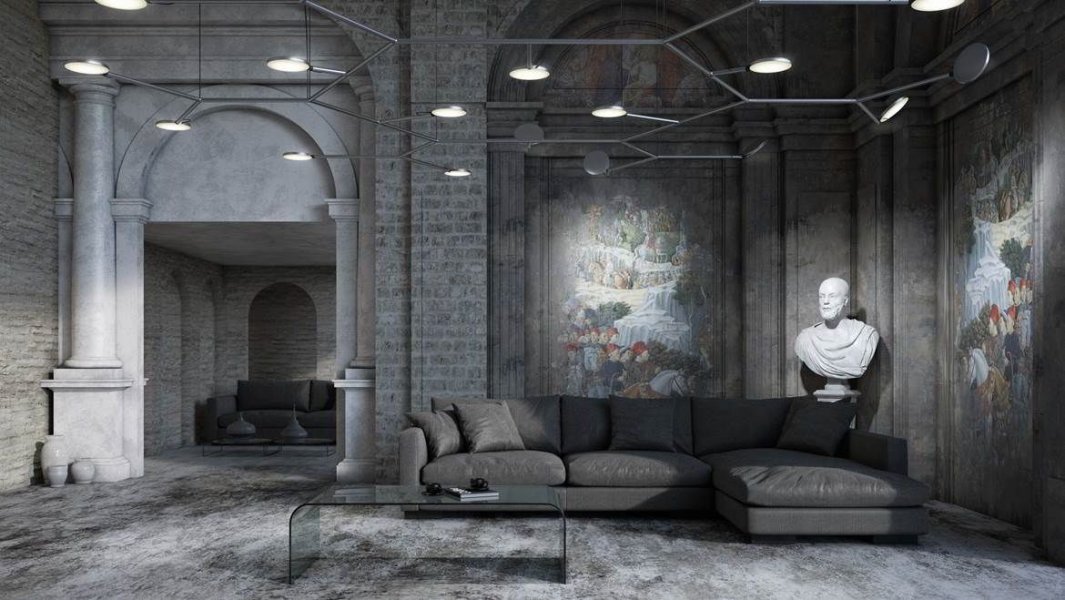Ulrich Sattler’s preference for clear, geometric forms is the hallmark of his company. His idea was to design a luminaire using a few key components that a wide variety of users would find attractive and inspiring.
Michael Schmidt, owner of the design studio code2design, proved to be a congenial partner: he has developed a modular system that lends itself to the creation of a wide range of solutions from a single luminaire to branched, biomorphic structures for larger surfaces, with the result that every system is unique and has the aura of a world-first. One remarkable feature is the ultra-flat, adjustable luminaire head complete with integral spot.
The idea of developing something new and gaining positive response from the market is behind just about any ambitious product development. And it is not as easy as it sounds. Given the outstanding versatility that the system offers – from single luminaire to individually designed branched structure, involving a spotlight contained in an ultra-flat housing – Michael Schmidt and his design team have come up with something truly innovative. The "Avveni" system was presented for the first time at Light+Building 2016, and left designers and architects intrigued and amazed. Designer Michael Schmidt describes the initial reactions to the system, which has been available on the market since September 2016: "We were witness to the wow effect on the stand at the fair, and knew then that we had hit target with this lighting system that allows anyone to create their own structures and spaces by interconnecting the different modules".
The individual components required to create one luminaire, or a combination of luminaires in a larger, branched structure, were clearly defined: tube and extension arm, three different kinds of connecting nodes, magnetic ball joint and luminaire head. In order to design a system that can be interconnected to create patterns like the branches of a tree, further key requirements had to be taken into consideration – the system needed to be flexible and lightweight: as a result, the luminaire head weighs just 400 grams and can be rotated through all axes thanks to the ball joint. The LED luminaire has a height of only 25 millimetres, making it the lightest and flattest of its kind.
Sattler and Schmidt were quick to agree that the system should be able to deliver both accent and area lighting. This made for a major challenge for the designers, above all when it came to the spot version, because there was no way they were going to risk "sacrificing" the ultra-flat design of the luminaire head. Apart from the fact that the designer and the manufacturer wanted the final product to have "a beautiful, clear and clean appearance". This was not immediately achievable. Hence it was necessary to consult experts from the field of lens optics in order to work towards the optimum solution step by step, which in the end led to integrating an ultra-flat lens into the luminaire head.


